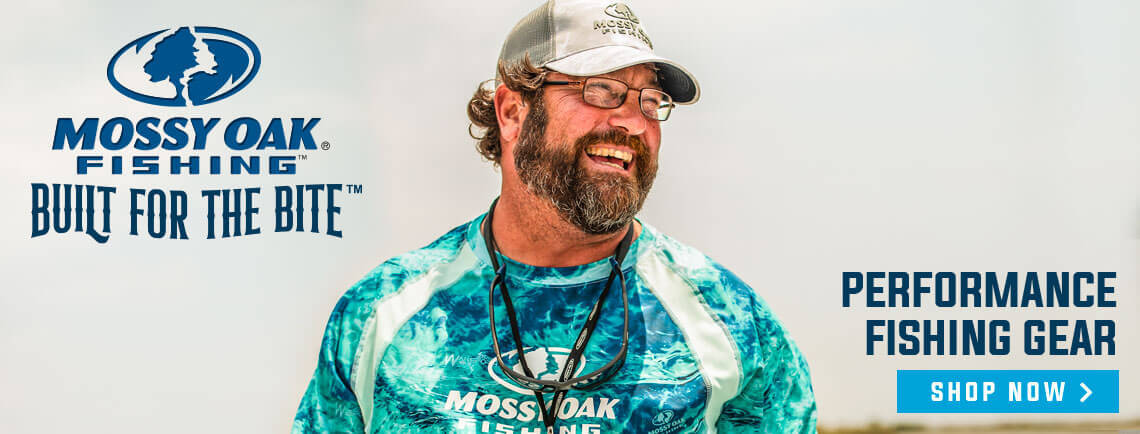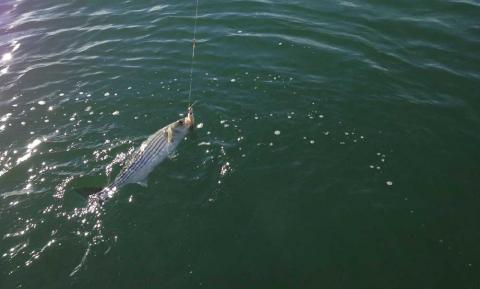Phillip Gentry
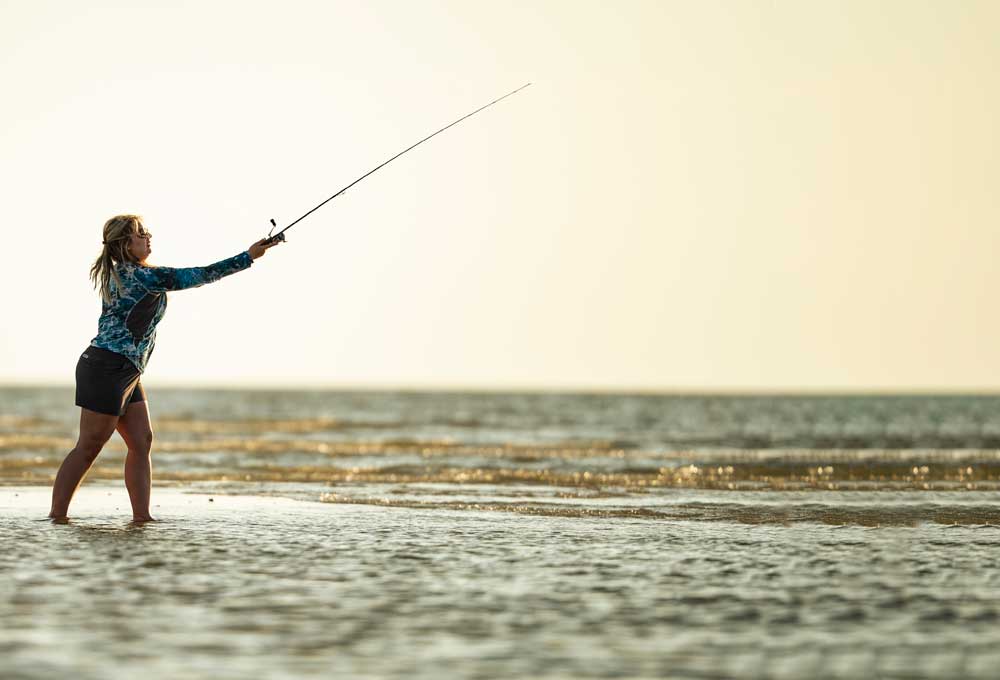
At first blush, surf fishing may seem like a random event. Go to the beach, cast out a line, sit and wait. As with any fishing endeavor, there is more to fishing at the edge of the ocean than meets the eye.
Much of the success of surf fishing starts with the planning of the outing – location, bait choices, rigs, setups, time of day, and time of year play a large part in the success of surf fishing.
Time on the sand is the best instructor; however, there are a few things surf anglers can do to stack the odds in their favor the next time they step onto the beach.
Location
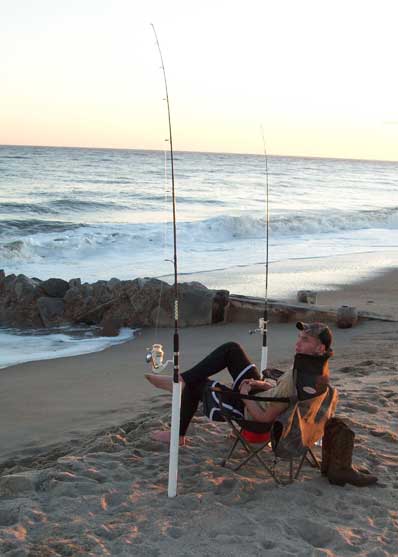
Surf fishing locations in Florida are going to vary from those found in Louisiana, Texas, the Carolinas, and locations on the West Coast. Obviously, location will also dictate what species of fish are likely to be found. Some locations will have current, wave conditions, and bottom contours that will dictate bait, tackle, and setup choices, so plan accordingly.
Secondary to geographic location is the terrain you will be fishing. This can and often varies every few hundred yards or so and will contribute to your success. Understanding how to “read” water is similar to freshwater fishing and the angler should spend some time, either at low tide or with a topographical map to pick the better surf fishing spots.
Deep to shallow is usually going to be a key to success. A deeper area, be it a drain, creek, ditch, trough, or drop off that gives access for fish to travel and stalk prey against shallower structure – rocks, sandbars, ledges – tend to hold the most fish.
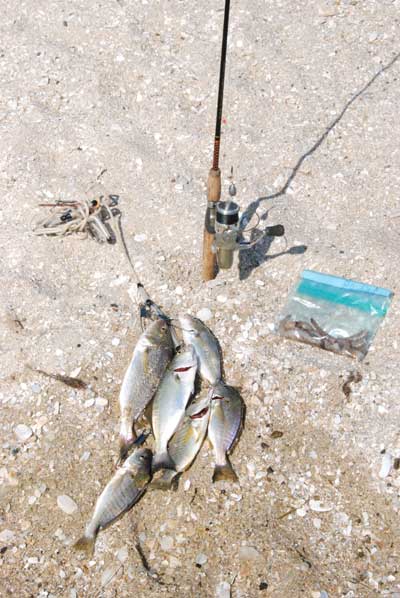
Bait Choices
Bait choice and size is going to dictate much about what size fish and species you are most likely to catch in the surf. Bigger fish tend to eat bigger baits and smaller fish require smaller baits. This fact does not preclude the use of artificial baits, which can produce great results in the surf.
Part of the pre-trip planning is researching what fish are available in the area you will be fishing and which live or artificial baits will target those species. Fresh bait obtained from the local area, either purchased from a bait shop or acquired by the angler on hook and line or commercial device also tends to out fish frozen or stale baits.
Tackle and rigs
Most fish that invade the surf zones will be readily taken on 10 to 20-pound tackle. Land-based shark anglers who seek out fish that weigh hundreds of pounds would readily disagree with this statement but for the average angler 10 to 20 is sufficient.
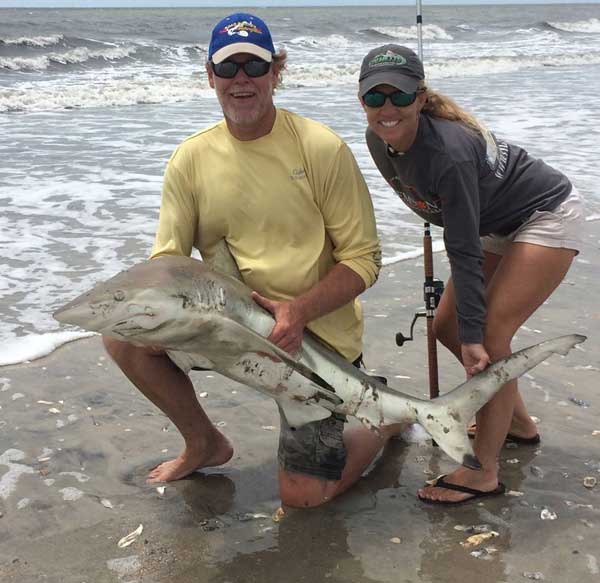
Spinning tackle also fits the bill in the majority of surf fishing scenarios as spinning gear allows for greater distances when fishing from a fixed position. If there is shoreline structure such as piers, groins, or rocks in the surf zone, one rod, held by the angler may be sufficient. If multiple rods are to be used to soak live or cut baits while waiting on fish, then vertical rod holders or sand spikes might be a worthy investment to allow the angler to fish with a more shotgun approach.
If rods are multiple and locations are distant from the beach access area, also consider investing in a surf cart that will allow the angler to transport gear, tackle, baits and accessories to the fishing location.
Suitable surf fishing rigs range from simple Carolina rigs to a double hook bottom rig. Several surf species such as bluefish, mackerel, and sharks have teeth, which may cut the line when hooked. Factor whether you may need to beef up the line used in the rig or switch to wire leaders if your target fish has teeth.
Time of Day/Year
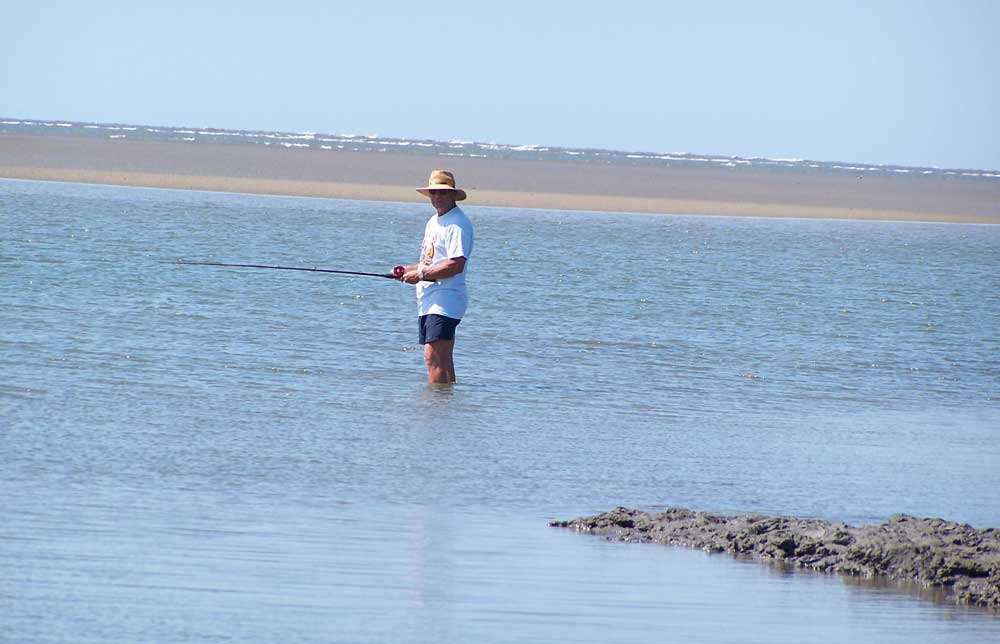
Early and late in the day, including before and after periods of sunrise/sunset are historically better times to fish than the middle of the day, especially sunny days when the sun makes invading predator fish easier for baitfish to see.
Some locales specialize in winter surf fishing, but overall the best season of the year for surf fishing is spring and fall with fall being the better of the two.
Pay attention to seasons when fish migrate, either in and out from deeper water to shallow or from southern locales to northern and plan your trips to coincide with prime migration times. Don’t overlook baitfish migrations as these seasons can offer some of the best surf fishing of the year.

